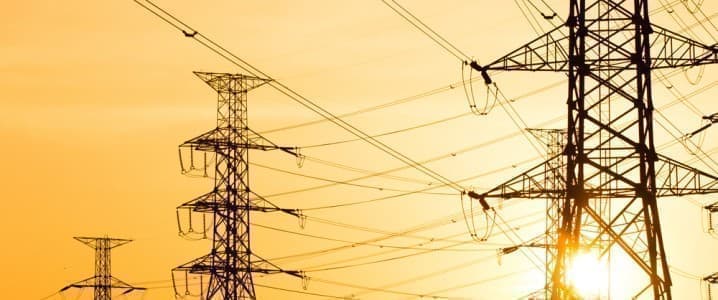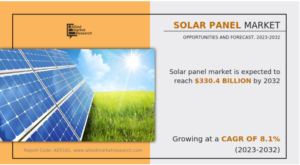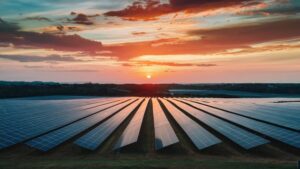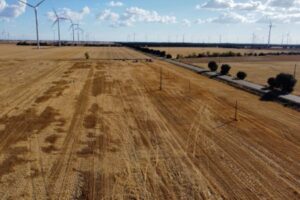Kenya’s Clean Energy Drive Gains Momentum Alongside Oil Ambitions

Kenya has developed a strong renewable energy sector in recent years, as it aimed to diversify its energy mix beyond fossil fuels to boost its energy security. The launch of a national energy plan and the launch of a wide variety of renewable energy projects are expected to help achieve the country’s renewable energy aims, as the East African country also develops its oil production capacity.
Kenya began exporting crude oil in small quantities in 2019 and hopes to start commercial crude exports in 2026, following several development delays. The U.K. oil and gas firm Tullow Oil was unable to secure investors for the South Lokichar oilfield in the East African country after France’s TotalEnergies and London-listed Africa Oil withdrew from the project two years ago. This left Tullow on its own to find the financing needed to develop a pipeline to transport crude out of the landlocked northern region.
Tullow signed a terms agreement with Gulf Energy Ltd to sell all its working interests in Kenya for at least $120 million earlier this year and is expected to commence crude exports next year. The South Lokichar project is expected to produce between 60,000 and 100,000 bpd of crude, with an estimated 560 million barrels recoverable over 25 years. The Kenyan government also plans to launch an oil and gas exploration round for 10 blocks in September.
However, with the country’s oil industry in the nascent stage of development, Kenya is looking to continue developing its other energy sources to ensure its energy security. In 2018, Kenya set the goal of being 100 percent powered by renewable energy by 2020, a deadline that was later changed to 2030.
According to the International Energy Agency (IEA), Kenya is on track to achieve universal electricity access by 2030, supported by wider electrification, using clean energy sources. Electricity access increased from 37 percent in 2013 to 79 percent in 2023, with urban areas having achieved full access. This was driven by the government’s 2015 Last Mile Connectivity Project. Kenya is expected to connect a further 280,000 households countrywide by the end of the year.
The rapid advancement in access, particularly in rural areas of the country, has been supported by the development of off-grid solar power projects. Solar adoption has been widespread, with Kenya contributing almost three-quarters of all solar home system sales in East Africa in 2023, according to an IEA report from April. It is estimated that one in five Kenyan households now uses solar-powered mini-grids or standalone systems.
The IEA’s Deputy Executive Director, Mary Burce Warlick, stated, “Kenya is showing how the strategic deployment of clean energy technologies and electrification in end-use sectors can significantly improve the lives of millions of the most vulnerable people in the world.”
The Kenyan government recently launched a National Energy Policy, with input from the IEA and other stakeholders. The Draft National Energy Policy (NEP) 2025-2034 incorporates recommendations from the IEA Energy Policy Review. Renewable energy sources, including geothermal, hydro, wind and solar sources, account for almost 90% of power generation, compared to 50 percent in 2000. Kenya is also home to the Lake Turkana Wind Project, the largest wind farm on the African continent. Meanwhile, geothermal energy contributes around one-third of Kenya’s electricity generation capacity.
However, one challenge that must be overcome to transition to green is the ongoing burning of polluting fuels such as firewood, charcoal, and kerosene by millions of households, mainly in rural areas. The government aims to reduce this tendency through the rollout of its Kenya National Cooking Transition Strategy, which aims to achieve universal access to clean cooking by 2028.
Kenya also plans to modernise and expand its electricity grid, following the introduction of new regulations in 2024 to open transmission and distribution networks to private investment, to encourage competition, reduce costs and improve efficiency. In 2023, roughly 23 percent of power was lost in Kenya’s transmission network due to technical issues, theft, and billing problems. The introduction of smart grids and better management systems is expected to reduce these losses moving forward.
In March, Kenya launched a tender for 80 MW of solar power across two 40 MW projects in the south of the country. This follows the announcement by the French Development Agency in August 2024 that it planned to fund a 42.5 MW solar plant around 100 km northeast of Kenya’s capital, Nairobi. According to the International Renewable Energy Agency, Kenya had 358 MW of solar power by the end of 2023.
Meanwhile, in July, commercial banks, including the British International Investment, Norway’s Norfund, and the Dutch development bank FMO, bought into a $156 million financing deal for off-grid solar power in Kenya, investing in Sun King operations. This is expected to contribute to the sale of around 1.4 million solar home systems in rural areas across the country. “What makes this work is that we collect small, steady and predictable payments from millions of customers,” said Sun King’s co-founder Anish Thakkar.
By Felicity Bradstock for Oilprice.com
More Top Reads From Oilprice.com





